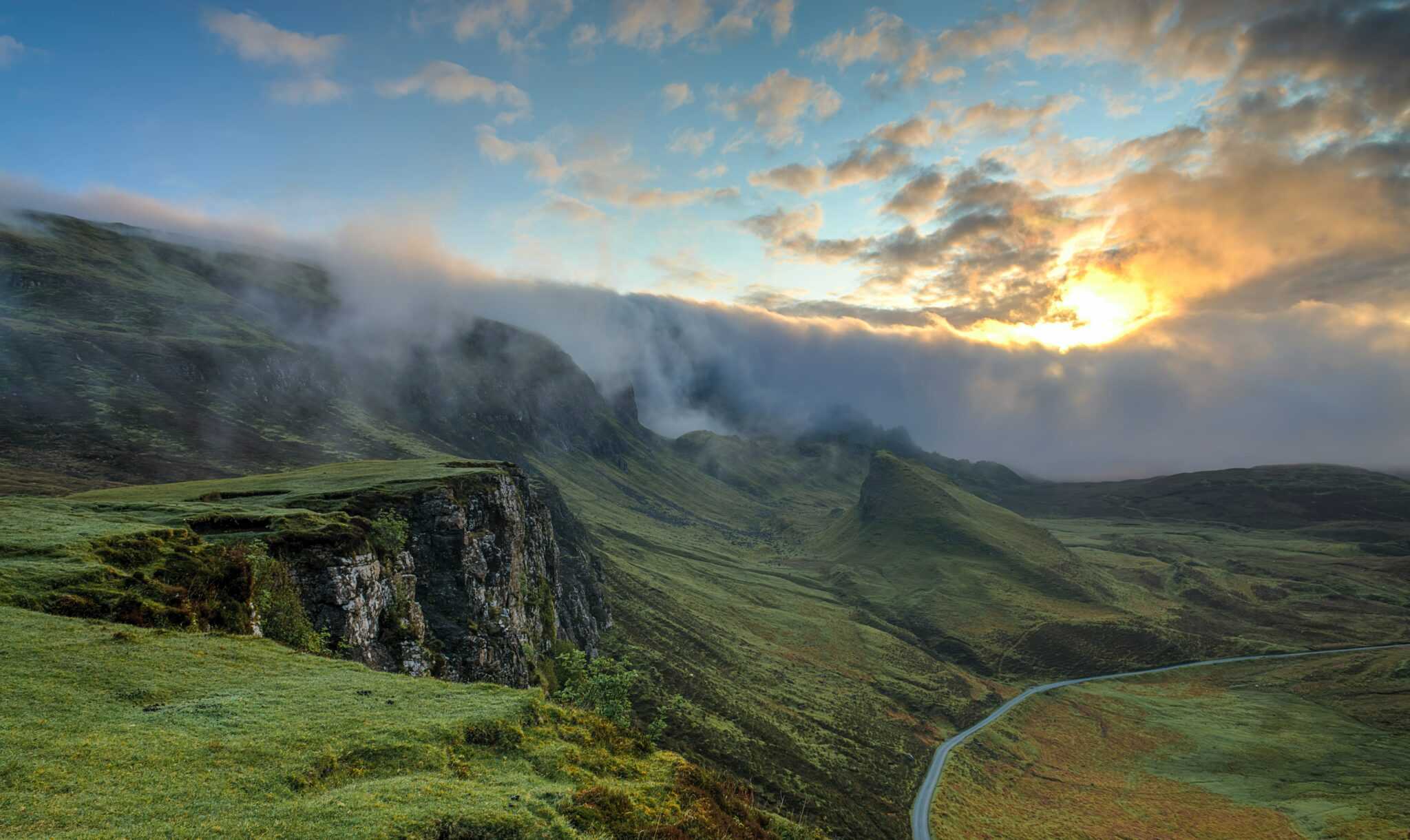
Climate change here and now

Climate change is no longer just about rising temperatures but also about the unpredictability of weather conditions. We are seeing climate change right here, right now. The entire country has been having unseasonal rains. This is the planting season. Normally we don’t have the monsoons until early or mid June. But this is April and the rains have been with us every single day for nearly half a month. And instead of light spring showers we are having torrents with the possibility of seeds being washed away with the torrential rain waters. Strawberry- growing is now a good business venture in Meghalaya but this year the rains have played spoilsport and farmers fear that they may not even get their investments back. Without a viable crop insurance mechanism in place, the plight of farmers will only exacerbate. Indeed, farmers bear the worst brunt of climate change.
Changes in temperature, amount of carbon dioxide (CO2), and the frequency and intensity of extreme weather could have significant impacts on crop yields. While warmer temperatures may make many crops grow more quickly, they could also reduce yields. Crops tend to grow faster in warmer conditions. Extreme events, especially floods and droughts, can harm crops and reduce yields. Many weeds, pests and fungi thrive under warmer temperatures, wetter climates, and increased CO2 levels. Currently, farmers spend huge amounts on pesticides in this country in the hope of preventing their crops from pests and fungal diseases. But this is dangerous as deadly chemicals leach into our food chain.
Heat waves, which are projected to increase under climate change, could directly threaten livestock. A number of states have reported huge losses of animals during the heat wave in some states last year. Heat stress affects animals both directly and indirectly. Over time, heat stress can increase vulnerability to disease, reduce fertility, and reduce milk production. Climate change also increases the prevalence of parasites and diseases that affect livestock. The earlier onset of spring and monsoon and also warmer winters could allow some parasites and pathogens to survive more easily. The Meghalaya Government has invested much in Fisheries with the intent of making the state self sufficient in fish production by 2025. At present Meghalaya is dependent on denatured fish from Andhra Pradesh. But the unprecedented floods in Garo Hills in September last year led to a huge loss for farmers as all the fish ponds too were flooded. Dealing with unpredictable weather conditions will be the biggest challenge for Governments. Is the Government of Meghalaya prepared to deal with these erratic weather conditions? What, for instance are the emergent problems faced by farmers in Meghalaya apart from reduced productivity? The Government of Meghalaya had made tall claims about going organic. Has this sloganeering converted into a pragmatic action plan for reduced chemical fertilisers? What are the sources for organic manure in the State? We are yet to see an action plan on organic farming in Meghalaya.